3rd Year
MONTHS
33-34
3rd Year – Months 33-34
Is Your Child Getting Enough Iron?
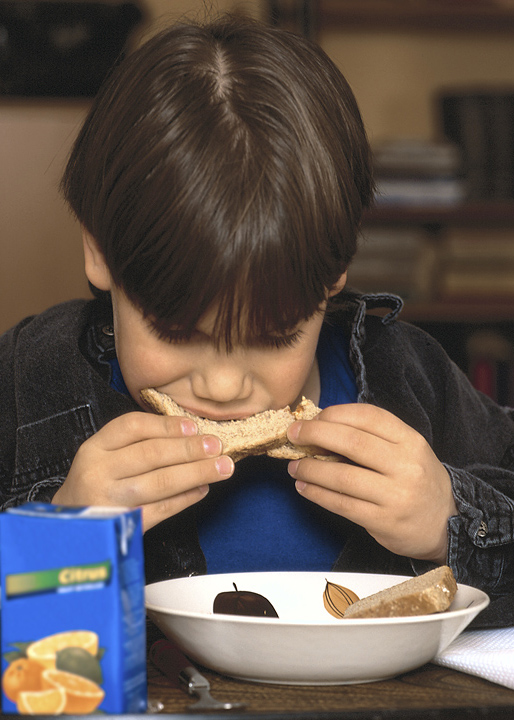 Iron is important for healthy red blood and for energy. Make sure your toddler is getting enough iron by giving them 2-3 servings each day of foods that are good sources of it.
Iron is important for healthy red blood and for energy. Make sure your toddler is getting enough iron by giving them 2-3 servings each day of foods that are good sources of it.
Foods with lots of iron:
- Beans —kidney, pinto, red, great northern, navy, small white, and lima
- Lentils and black-eyed peas.
- Organ meats like heart and liver
- Sunflower seeds
Foods with some iron:
- Dried fruit —raisins, apricots, and prunes —cut into small pieces to prevent choking
- Egg yolk
- Enriched breads, cereals, macaroni, noodles, and rice
- Whole wheat breads and whole grain cereals
- Beef, pork, chicken, fish
- Nuts —break into small pieces to prevent choking
- Split peas
- Spinach, greens, broccoli, and green peas
What’s it like to be 33-34 Months Old?
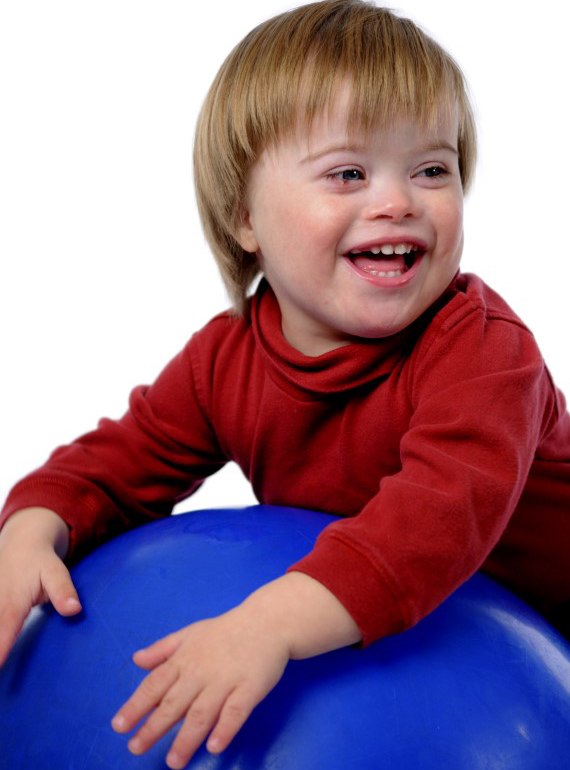
How I Talk
- I am saying more new words every day.
- I am using more words — like happy or mad — to name emotions.
- I am getting better at putting words together correctly.
How I Grow
- I am practicing new skills every day. I am walking, jumping, bending and pedaling.
- I am getting good at running.
- I can balance on one foot.
- My baby teeth are about all in.
How I Understand
- I understand my own feelings.
- I am starting to understand the feelings of others.
- I know at least one color.
Some children do things earlier or later than described here. Most differences are normal. Focus on what your child can do and get excited about each new skill. If you notice that your child is lagging behind in one or more areas for several months, use this list to talk with your doctor about your child’s development.
Make a Life-Size Drawing So Your Child Can See and Talk about Themself
Materials
- A large sheet of paper such as craft paper
- Crayon or marking pen
What to do
- Ask your child to lie down on the paper that you have spread out on a smooth surface like the floor.
- Now, use a crayon or marking pen to draw all around from from head to toe. Don’t forget to draw in between fingers and around ears. Get as much detail as possible!
- When you have finished the outline, you and your child can fill it in. Name the body parts, like arms, elbows, fingers and items of clothing, like shirt and pants, as you color them.
- Let your child look in a mirror so they can draw their eyes, nose, and mouth into the picture. Don’t be afraid to be imaginative! Green hair is OK!
- When your child’s picture is finished, hang it up where everyone can admire it. You can repeat this activity every few months, or at each birthday, so you can see changes and talk about them, ”See how much bigger you are getting,” “Your hair is getting longer” or “You’re wearing a dress here.”
Vision Testing Checks Problems That May Go Unnoticed
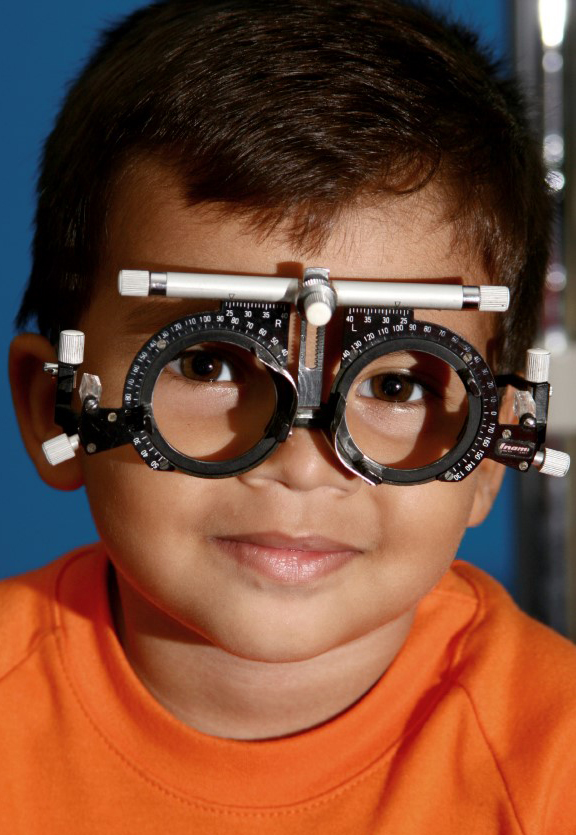 Vision testing should be a part of your child ’s regular health checkup. A vision test determines each eye’s ability to see “sharply.”
Vision testing should be a part of your child ’s regular health checkup. A vision test determines each eye’s ability to see “sharply.”
- Toddlers’ vision is tested by their ability to follow an object moving from about 12 to 15 inches from their face to a few inches from their nose.
- Each eye is tested separately by covering one eye and observing the other eye as it follows the vision tester’s finger.
- Most toddlers can learn how to take a formal vision screening test. Some wall charts use pictures of things that are familiar to the child. The child covers each eye in turn and identifies what they can see.
- Some toddlers have a “lazy eye.” These children need regularly scheduled vision tests to be sure that problems are identified early. Finding problems early and getting medical care may prevent permanent loss of vision.
Parents may not notice vision problems. Since a young child has no knowledge of what good vision is, they do not complain. Your child’s ability to see is essential for learning. You can provide your child with a head start for preschool and kindergarten if you make sure their eyesight is normal.
Your Child Will Love You Even if You’re Strict and Set Limits

Some parents are afraid to be strict with their children. They fear that if they are strict, their children will love them less. This is not true.
- Good discipline is fair, sensitive, and consistent, and it is guided by the parents’ love and desire to help the child grow. When you take the time to teach your child to do things right, they will feel loved and valued.
- Your child can understand rules —such as not playing with knives —that are for their own safety. They can also come to understand and accept limits set to keep them from disturbing others or destroying property.
Children need to learn that their rights are important, but no more important than the rights of others. If they do not learn this now, your toddler may actually become the kind of child who is less lovable.
Use Games to Teach Your Child New Skills
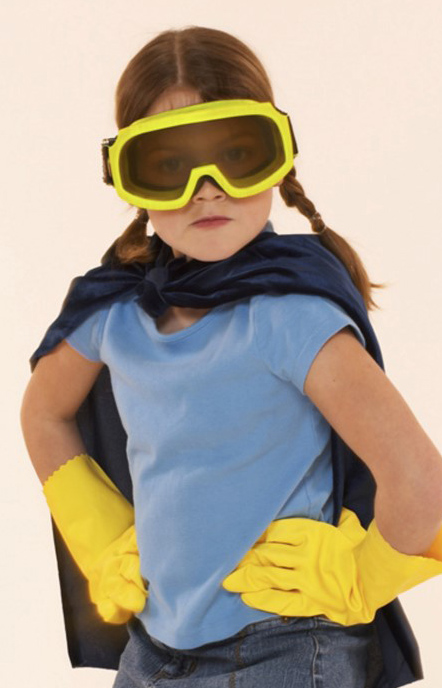
Costume Box Encourages Your Toddler’s Creativity and Pretend Play
- Your toddler will know what to do with this box of costumes. They have lots of imagination.
- Encourage them pretend play by suggesting people they can pretend to be. Suggest that they act out characters you’ve read about in stories or have them ask you to guess who they are dressed up as.
- Sometimes, they’ll enjoy having you dress up and pretend with them.
- All you need is a large box and cast off clothing (hats, scarves, shawls, and so on)
“Where Is It?” Teaches In, Under, and Beside
- Ask your child to move something to a different place. For example, using a ball and a basket, ask them to put the ball in the basket or beside it or under it or on top of it.
- You can ask them to put their hat on their head, next to their head, under their foot, behind their back, and so forth.
Matching Pairs Game Teaches the Same and Different
- Collect pairs of things that are the same —such as two spoons, two bars of soap, two playing cards, two plates, or two toothbrushes.
- Mix the sets up, then hold one and ask your child to pick another that is the same. You can take a turn at guessing.
- To make the game more difficult, choose pairs of pictures, numbers, letters, or playing cards and ask your child to match the one you hold up.
- As always, take turns leading — and stop before your child loses interest in the game.
The “Take Away” Game Increases Your Child’s Memory
- Put several different things on the table or floor. Ask your child to close their eyes as you take one thing away.
- Then ask them to open their eyes and guess which one was removed.
- Start by using only two items. Later, to make the game harder, you may use more things.
- Let your child have a turn at taking things away. Then, you guess which one has been removed.
- Stop playing when the game is no longer fun for you or your child.
Use the Magic Closet to Rotate Toys So Your Child Can Rediscover Old Toys
The magic closet (or box or basket) is a place full of happy surprises for your child. You can rotate your child’s toys through the magic closet. You can bring out one thing at a time when your child is sick, bored on a rainy day, or when you need something very special to do. Don’t forget to put some toys back into the magic closet!
Stuttering Happens When Children Get Upset or Excited
Toddlers are learning about 10-15 new words each week, but may not be learning words as fast as they want to use them. They want to make themselves understood —but sometimes they simply don’t know all the words they need to do this. This can cause them to stutter, especially when they are upset or excited or when people try to rush them.
- The best thing you can do to help your child overcome stuttering is to be patient and relaxed with them.
- Don’t rush their speech or criticize their stuttering. It is not easy to learn language.
If your child’s stuttering persists in spite of your patience and help, discuss it with their doctor.
Most Toddlers Need a One-Hour Nap That Is Not Close to Bedtime
Toddlers need about 10 to 13 hours of sleep. Some toddlers may have given up napping, but others may need a nap. You can tell if your toddler needs a nap by paying attention to their behavior during the day. If your toddler gets cranky by late afternoon, it may be a sign that they still need a nap during the day.
Most toddlers get through the day with one nap that lasts about 1 hour. If they are not taking a nap, they may be getting overtired by bedtime. This can make it hard for them to calm down and get to sleep. If they are taking a nap, try moving the nap earlier in the day.
- Put them to bed at the same time every night.
- Have a regular bedtime routine.
- Keep the bedroom the same every night.
- Let your child have a security object —such as a blanket or stuffed animal —if they want it.
Vitamin C Helps Your Body Use Iron
Offer orange juice when you serve iron rich food. Your child probably ate iron-fortified baby cereal as an infant. Now they probably eat adult cereal. To find out if a cereal is high in iron, look for the nutrition label on the side of the box and see how much iron each serving of cereal has.
- The amount of iron will be given as a percentage of the U.S. Recommended Dietary Allowances (U.S. RDA).
- Use only those cereals that have at least 25 percent of the U.S. RDA for iron.
- Take your child to a doctor for regular checkups to see if your child is getting all the iron they need.
Let Your Toddler Decide How Much to Eat
If you teach healthy eating and exercise habits, they can last a lifetime.
- Provide a balanced diet from all the food groups: meat/beans, bread/grains, milk and fruits/vegetables. Most toddlers need about 3 meals and 2 healthy snacks each day.
- Let your toddler decide how much to eat. Toddlers need smaller portions than adults.
- Toddlers can serve themselves. They are better at choosing the right amount of food.
- Do not force your toddler to eat. This can cause your toddler to eat too much.
- Do not bribe your toddler with treats for eating healthy foods. This teaches them to dislike the healthy food.
- Make meal and snack times relaxed. Sit and talk with your toddler while eating.
- Let your toddler see you eating healthy foods. They learn from you.
- Good habits start early in life, so make play time active time. Make sure your toddler gets 1- 2 hours per day of physical activity. Toddlers need time every day to run, climb, and jump.
A Memory Book or Box Will Help Your Child Feel Special

Children love to learn about themselves. It helps them feel important and special.
You have some memory makings already. You can use photos, birthday cards, certificates, and so forth to start a memory book or box. Add pictures your child draws, a piece of their favorite blanket, an outline of their hand or footprint, their holiday cards, newspapers published on their birthdays, notes from favorite relatives — and anything else they want to save.
Let your child know this is a special book or box you want to keep for both of you. Let them only look at it with you so you can keep it from getting torn and dirty. All too soon, these early years pass. A memory book or box will help you and your child remember these special years.
Teach Your Child How to Reduce Stress by Imagining a Place They Like

As your child grows, they will encounter more and more situations that cause stress. It is not too early to help them learn to recognize and manage stress. Show your child how to relax by sitting quietly and paying attention to their breathing.
- Most children like to use their imaginations. Encourage your toddler to think about something calm and pleasant —like soft rain, a sleeping kitten, a warm blanket.
- Help them picture a place they especially like —a park or a beach, and tell them to think about that place.
- Suggest they can go to that place in their mind when they are upset.
By teaching your child to relax, you’ll be giving them a skill that will help them all their life. Try some of these ideas yourself — they work for everybody.
Problem Solving Skills Begin Now
Some people go through life solving problems well. Others go through life solving them poorly. Very young children are learning how to solve problems and developing their own style of problem solving. Whether they learn to solve problems well or not so well depends largely on the help and encouragement they get as toddlers.
- Every day, toddlers face problems and have a chance to practice solving them. For example, suppose Jimmy and Julie are building block houses, but neither has enough blocks to finish. You could suggest how they can solve this problem, but it is better if you help them learn to figure out how to solve the problem themselves.
- Describe what you see. You can say that they both want to finish their houses and neither has enough blocks. Then you can ask them for ideas on how they might solve the problem.
In doing this, you do two important things. You show them that you expect them to be able to solve problems, and give them a chance to practice doing so. At first, you might need to help them come up with ideas. Later, they’ll be able to do more problem solving on their own.
Stress Can Cause Your Child to Lose Interest in Toilet or Potty Training
Most children learn to use the toilet regularly between the age of 2 and 3. But it is common to hit some bumps in the road as they learn. Sometimes toddlers, who have been using the bathroom regularly for some time, lose interest. They may go back to wearing training pants for weeks before going back to using the toilet.
These kinds of slips are common. Throughout development, children learn new skills. They may spend many months developing a new skill. Then, once they have learned it, they leave it behind and start learning other new things. This can happen with potty training. Don’t overreact to these slips.
There can be many reasons for toddlers going back to not using the toilet:
- They don’t want to stop playing —especially if there are other children present.
- There has been a major change to their routine —like starting a new preschool or having a new baby in the family.
- They forget to take toilet breaks until it is too late.
- They are stressed about a disruption in their life —such as divorce or moving to a new house.
Stay calm and remind your toddler to use the toilet when they feel they need to go. Making them feel guilty for the slips may make them feel more stress —which can slow down progress. Remind them to remember to take breaks from playing to use the toilet.
Toddlers Use Imaginary Friends to Practice Social and Thinking Skills
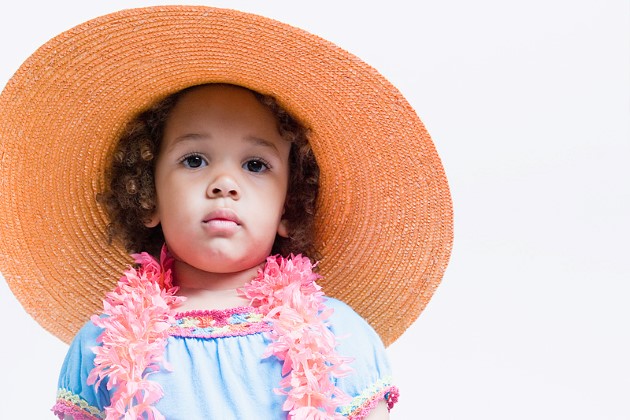
Fantasy or pretend play is getting more common at this age. Sometimes toddlers will even make up imaginary friends or playmates. It shows that their brains are developing. They have the ability to think of things that aren’t real.
For some toddlers, imaginary friends may come around only once in a while. For other toddlers, imaginary friends may be around all the time and last for several years.
Having a chance to practice their language, thinking and social skills with a pretend friend can be good for their development.
Toddlers who have imaginary friends tend to be better at interacting with real friends. They also tend to have better language skills and creativity.
If your toddler has an imaginary friend:
- Be patient. Let them play with their friend.
- Don’t use the imaginary friend to bribe or comfort your toddler.
- Avoid negative comments. These can make your toddler feel bad about themself.
- Include the friend when your toddler invites them.
- Play along. Your toddler will feel comfort knowing that you accept this part of their imaginary world.
- Let your toddler be in control of the fantasy. Don’t talk or “play” with the friend unless your toddler invites you.